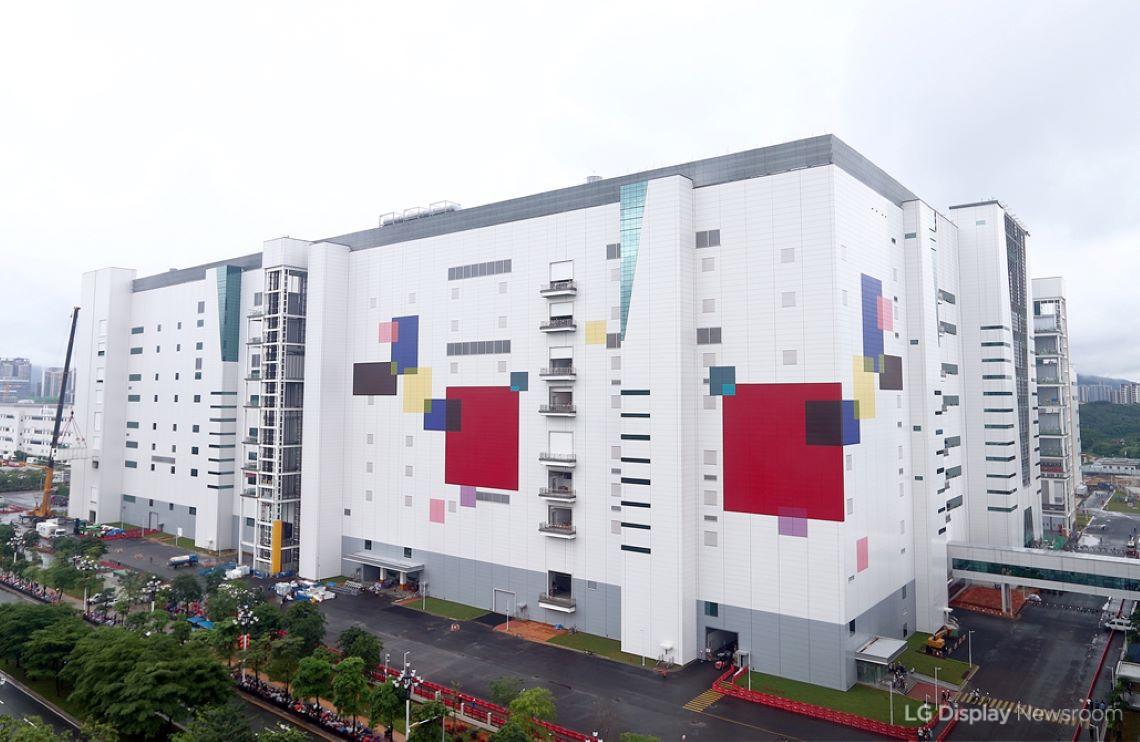By Alex Jensen – I recently wrote about how OLED shipments are accelerating despite a wider slowdown in TV sales this year. Even so, I was struck by how often OLED was positively cited by business analysts after LG Display reported its second quarter results. Let me explain why.
For years, LG Display has been wowing the world with its OLED innovations, supplying panels to the world’s biggest TV set makers and pushing boundaries through flexible displays like Transparent and Rollable OLEDs.

But what we are seeing now convinces me more than ever that OLED TVs are going mainstream. Of course, they are still very much in the premium category, with exceptional picture quality that relies on technology-intensive production – but indicators continue to pile up that point to there being a lot more OLED TVs out there in the near future.
According to its analysis of LG Display’s second quarter results, Samsung Securities highlighted the point that OLED TVs sold 3.5 million units globally in the first half of this year, “amounting to nearly 80% of the volume sold in all of last year.” LG Display itself stated alongside its Q2 results that it had recorded “all-time high second quarter revenues thanks to the high sales in TV displays including OLED.”
Consider that not so long ago, back in 2013, just 200,000 OLED TV panels were shipped. Following year after year of progress, industry experts are continually having to revise up their predictions. Market watcher Omdia expects OLED TV panel shipments to increase to 8 million units this year, up 82% compared with 2020. Moreover, global OLED TV shipments in the second quarter of this year reached 1.47 million units, which was 15% higher than expected back in June. Compared to the same quarter last year, shipments were up 159% – the highest ever jump despite it being an off-season period. This is all translating into a greater market share for OLED TVs, which reached 10% in Q2 from 8.9% the quarter before. Omdia predicts global OLED TV shipments will almost double to 6.1 million units this year before reaching 6.9 million units in 2022.

You might wonder how this is even possible from a production standpoint. Well, one of the key developments of recent years came last summer with the launch of operations in earnest at LG Display’s 8.5th generation OLED panel production plant in Guangzhou. Its global two-track production strategy, focusing on manufacturing bases in both South Korea and China, has opened the way for mass production by the only company in the world making large-sized OLED panels – the Guangzhou facility can produce 60,000 extra glass sheets per month, almost doubling the company’s production capacity to as many as 140,000 OLED glass sheets, according to this Korean report.
And it is not just about overall shipments, but also the diversification of applications that is seen as so important to LG Display’s OLED success story. Yuanta Securities highlighted this very point in its Q2 analysis, stating “it is positive that the new market for mid-sized (OLED) displays of 42-inches or smaller for gaming devices is expanding in addition to the existing large-sized (55-inch or bigger) premium TV market.”
LG Display says it will continue to focus on the mid-size and super large-size TV markets as well as identifying “applications where OLED can unleash its distinct inherent value, and develop them into high-margin, high-growth segments.” That’s where things could get really interesting, and I’m sure many others will be joining me in watching closely.










